Due to severe time limitations, this review is published with a reduced amount of writing, pics, data.
The Olight H2R is a new headlamp, the 18650 version of the successful H1R. The H2R shares the design of the H1R, same electronic switch and magnetic charging system. The H2R claims a max output of 2300 lumens, has a new headlamp mount and is available both in CW and NW version.
As usual, Olight takes great care in the box of their lights.




The only difference between the CW and NW version is a mark on the CW or NW writing, on the side

Let’s proceed with the unboxing
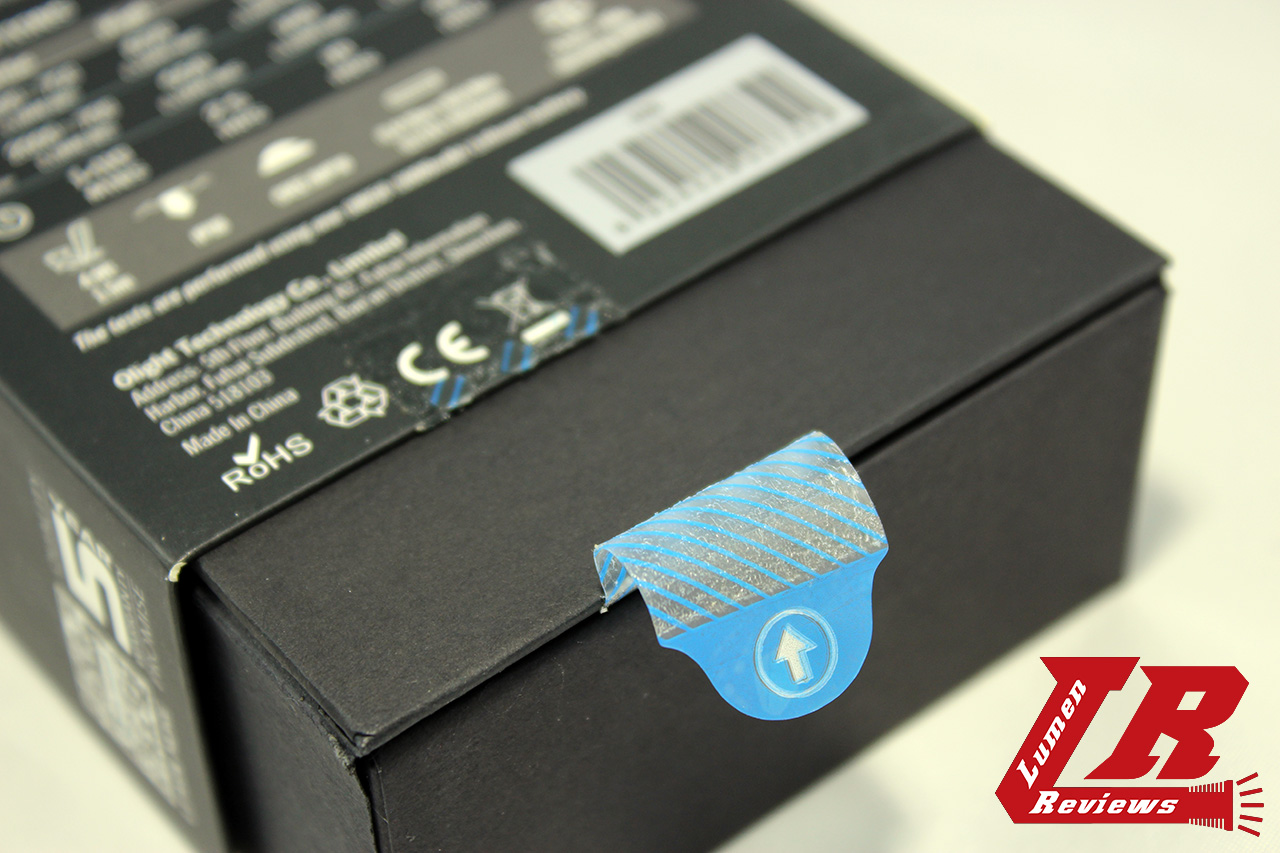




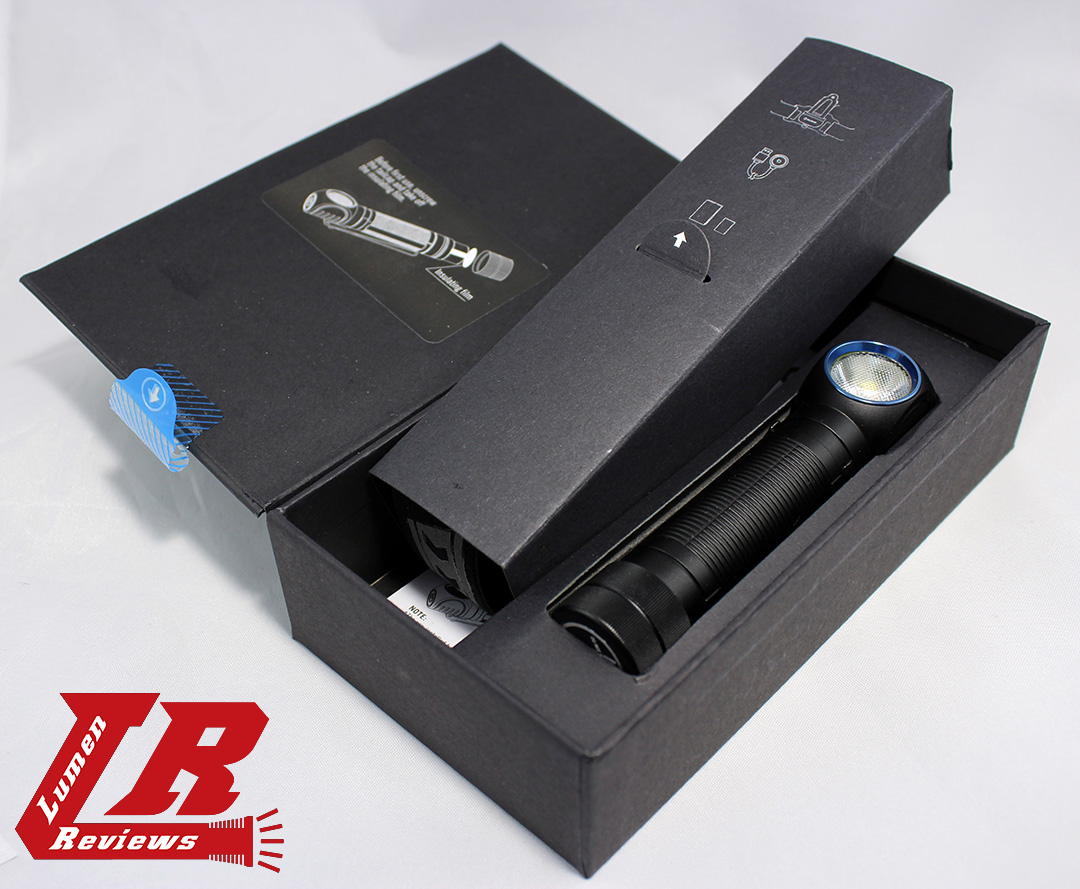
H2R (the battery in inside), headband, magnetic charging cable, replacement foam pad, manual.

The H2R (110x25x23mm / H2R 64g / H2R + Battery 109g / H2R + Battery + Mount 174g).


The usual magnetic tailcap with the integrated charging system


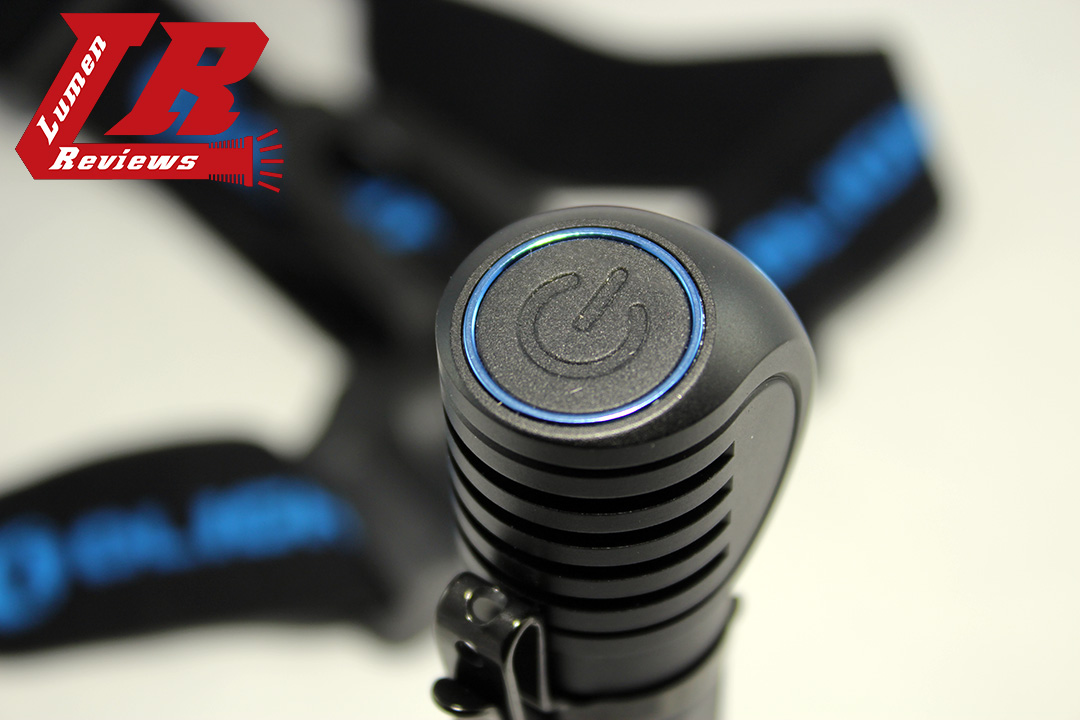

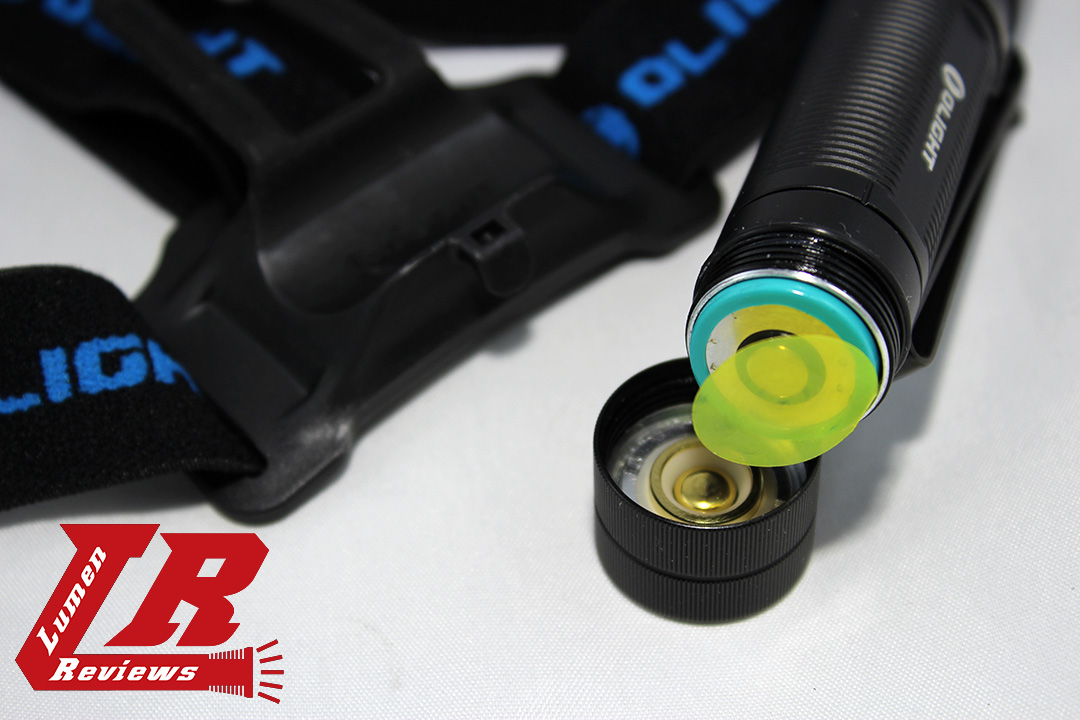

The long clip works both ways, and has a lanyard hole.
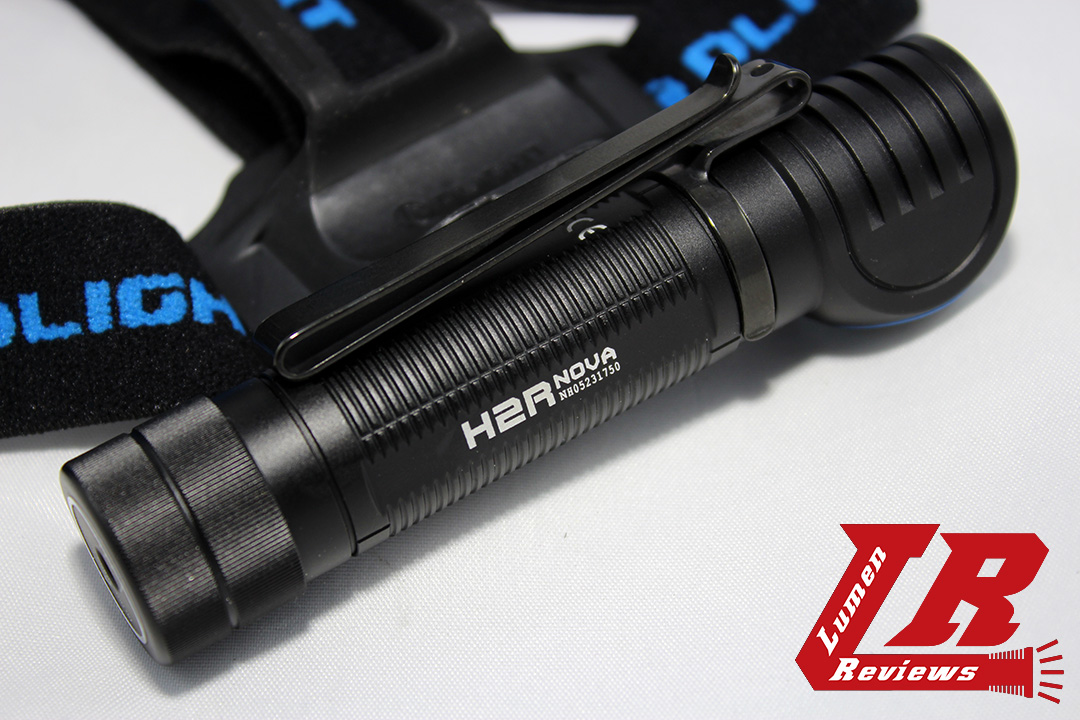

Visual differences between CW and NW


The H2R and the H1R, side to side comparison

Another change is the headband mount. Not only is easier to attach and remove the H2R to the headband, thanks to a “buckle” system

The back of the headband mount has a foam pad to make it more confortable to use the headband

And also has a magnet in it, allowing you to attach the whole headband and the light onto metallic surfaces
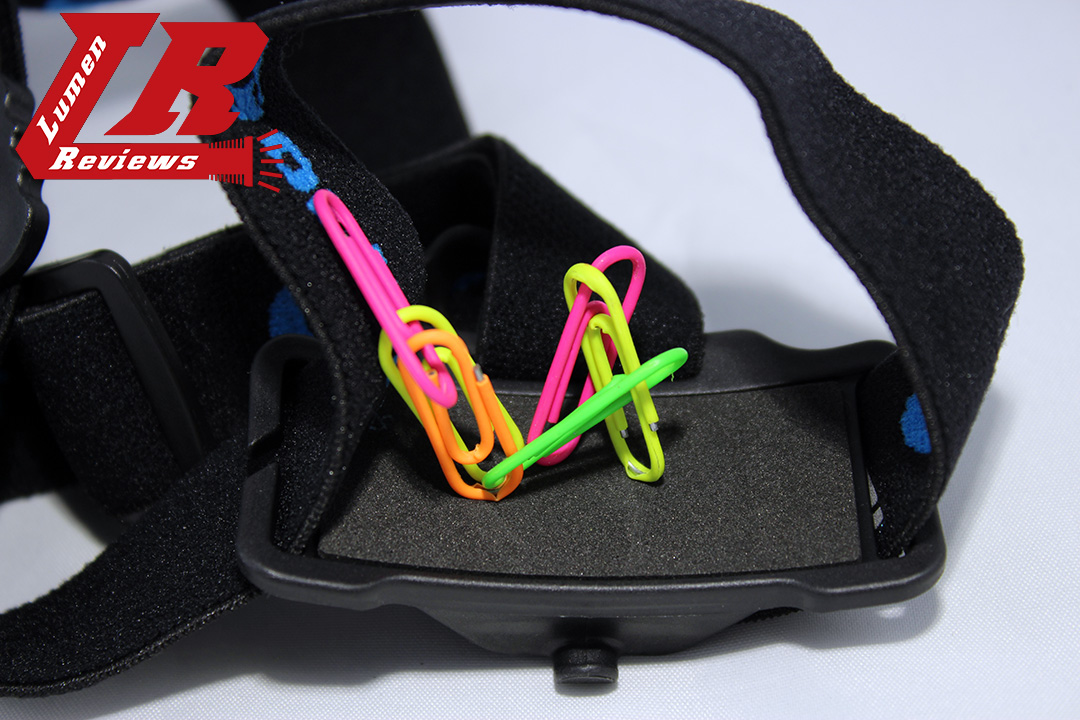
In case you are not interested in having a magnet in the headband mount, you can remove the magnet and use the replacement foam provided

The light can be attached to the headband mount even with the clip on, but it is a bit stretched and hard to rotate.


The best thing is to use it without the clip

.
.
.
.
UI
Standard Olight interface:
The light turns on and off with a single click.
From off, keep pressed the switch to turn the light on at moonlight
When the light is on keep pressed the switch to circle between low, mid and high mode.
The light has memory mode except for turbo (comes back on high).
Double click for turbo mode
Triple click for SOS.
Lockout mode: keep pressed the switch for more than 2seconds when the light is off. Re-do for unlocking the light.The provided proprietary RCR battery is an IMR, that is able to give high discharge performances without the risk of being over discharged since it is protected. This cell will work in other lights, because the only proprietary feature is its charging aspect: while the cell can be charged in any charger, the charging feature of the light works only with the proprietary cell. The light can function with any other CR or RCR cell, as long as they are button top, but can’t recharge them.
To charge the battery just connect the magnetic base to the tailcap. During the charging process the light in base will be red, and green when the charging is done.
(Images from my review of the H1R)
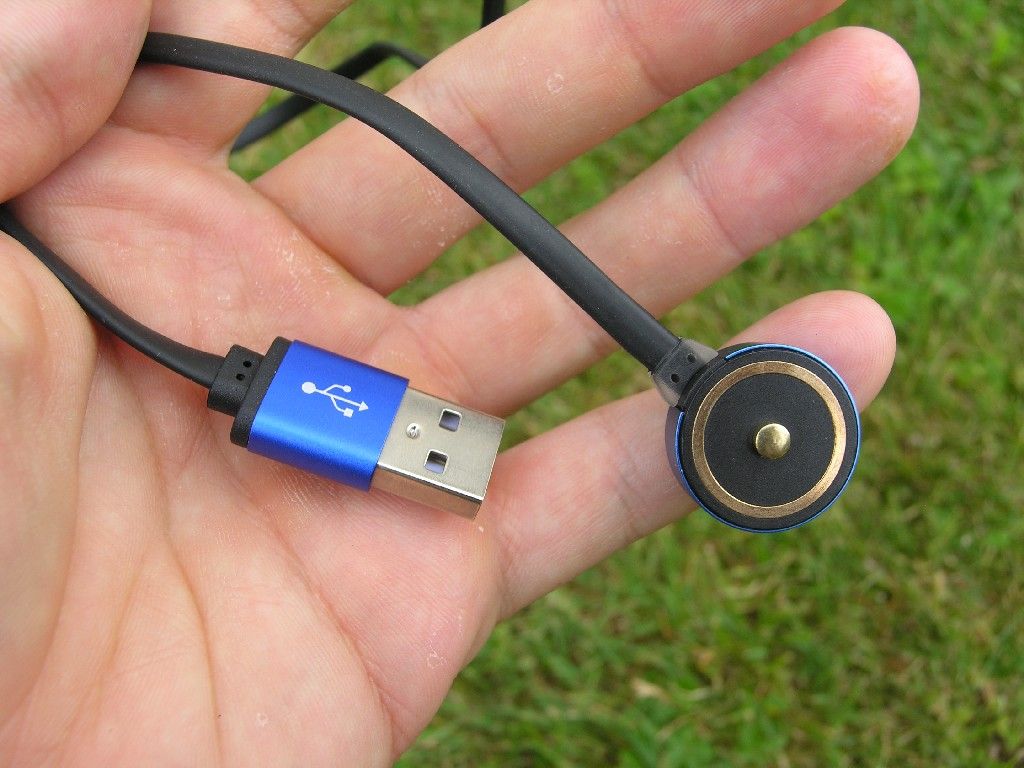
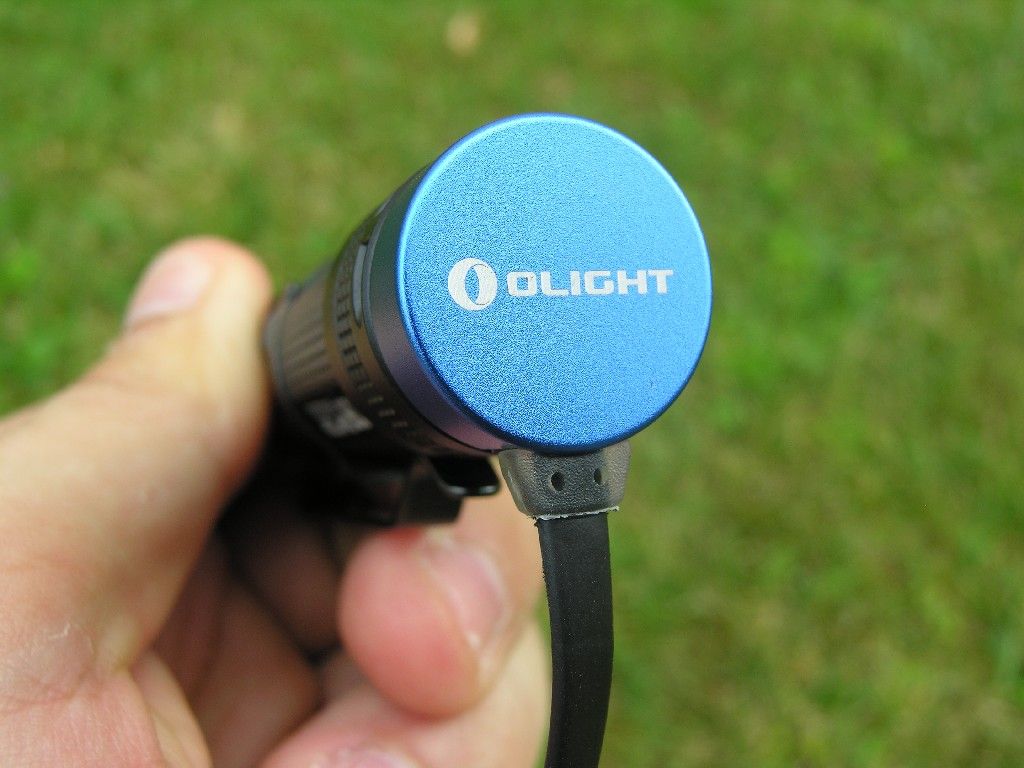


.
.
.
.
Beamshots


.
.
The tint of the NW is really good for my eyes. A warm and pleasant NW.







.
.
.
.
Output and runtime




.
.
.
.
My thoughts
The light is well made and finished.
Output, regulation and runtime are good.
Beam is really great. I don’t know if the optic is the same of the H1R, it looks very similar (also the emitter is different between the H1R and the H2R), but the beam is really ideal for a flood headlamp. The spill is wide and even if the light is held horizontally, it arrives at your feet. The throw is limited, as expected.
I like the new headband with the (removable) integrated headband, and the clip that works both ways.
I feel the lack of another level on the 1000ish lumen mode. I wish the lowest output mode would be low (a sublumen firefly).
The magnetic charging system is easy to operate, reliable at every connection and intuitive. Unfortunately it only works with OIight proprietary rechargeable 18650 cells, and the H2R works only with button top IMR cells.
Overall, I am very satisfied with the H2R. I’ve been using and waiting the H1R in my hikes and run, and I’ve been waiting for a light that shared the same beam and with more runtime. Not only the H2R delivers that, but it also adds a great tint (on the NW), a two way clip and a better headband system. I still wish it had 2-3 more levels.
Thanks to: AntoLed for the camera help and the luxmeter.

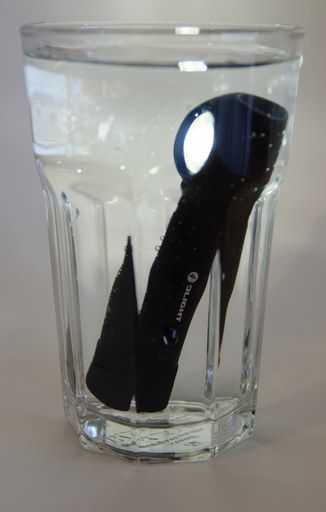 th
th